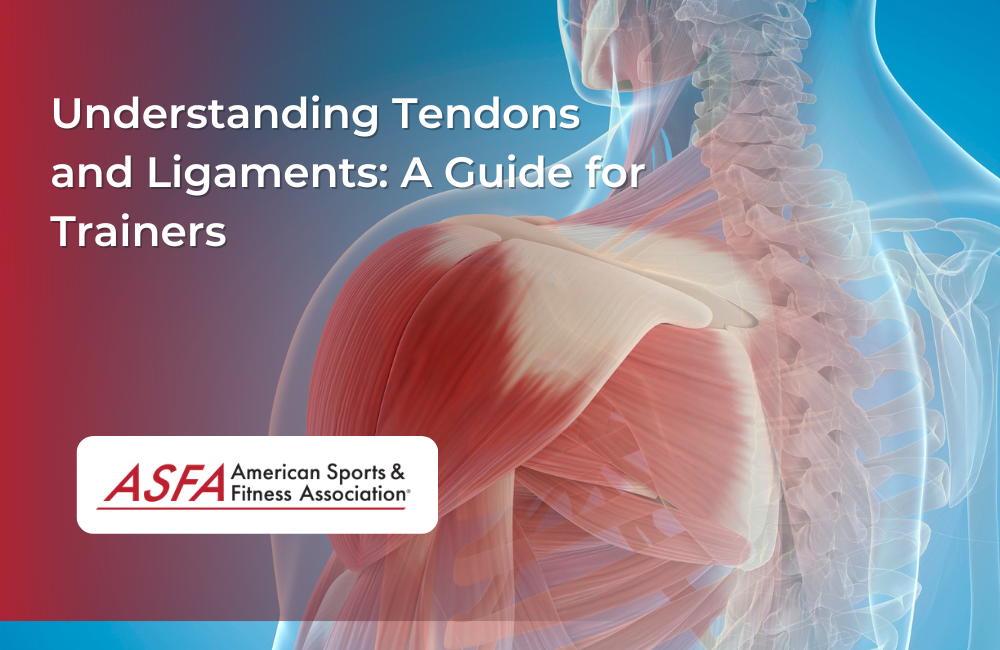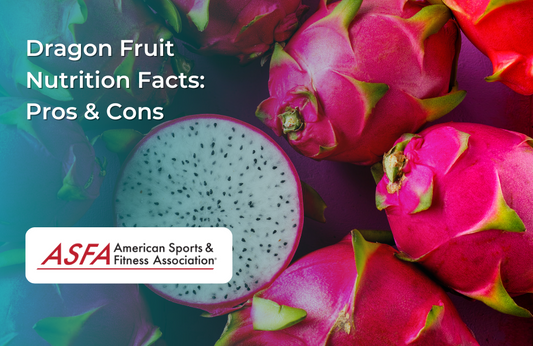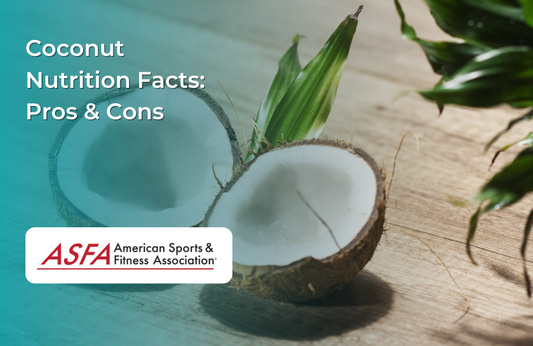Mitochondria are the powerhouse of your cells. They contain their own DNA, which is separate from the DNA found in the nucleus of their host cell. Mitochondria have their own membranes, which means that they don't need to rely on their host cells for energy. Unlike most other organelles, mitochondria are able to survive without nutrients for months at a time. In fact, it's almost impossible to kill them off completely by starving them or using antibiotics or other chemicals that target just specific pathways or functions in cells. Each mitochondrion contains many circular DNA molecules that together form one large circular molecule known as mitochondrial DNA or mtDNA."
Mitochondria are the powerhouses of your cells.
Mitochondria are the powerhouses of your cells. They're responsible for generating the energy needed to keep you alive, and they also generate most of the waste products that your body needs to get rid of.
Mitochondria have their own DNA, which is separate from the DNA found in the nucleus of their host cell--this means they can't be destroyed by antibiotics or other chemicals that target specific pathways or functions in cells. They can survive without nutrients for months at a time.
Mitochondria contain their own DNA, which is separate from the DNA found in the nucleus of their host cell.
Mitochondria contain their own DNA, which is separate from the DNA found in the nucleus of their host cell. The mitochondria's DNA is circular and made up of genes that code for proteins. These proteins are required for the mitochondria to function properly and produce energy.
The membranes that surround each mitochondrion also help regulate what goes in and out of them--they keep chemicals coming into or going out of themselves, so they don't need help from other parts of your body like your cell's nucleus does!
Mitochondria have their own membranes, which means that they don't need to rely on their host cells for energy.
Mitochondria have their own membranes, which means that they don't need to rely on their host cells for energy. This makes them independent organisms within the cell. They can survive without nutrients for months at a time and generate energy by breaking down sugars, fats, and proteins or converting pyruvate into carbon dioxide and water through respiration (aerobic respiration). Mitochondria also contain their own DNA and proteins as well as two membranes: one outer membrane that surrounds the organelle and one inner membrane that surrounds the matrix of hemoglobin (the red pigment found in red blood cells). The mitochondrion is made up of two parts: one part containing ATP (adenosine triphosphate), which is a molecule used in cellular metabolism; another part containing NADH + H+.
Unlike most other organelles, mitochondria are able to survive without nutrients for months at a time.
Mitochondria are the powerhouses of your cells. They contain their own DNA, which is separate from the DNA found in the nucleus of their host cell. This means that mitochondria have their own membranes and don't need to rely on their host cells for energy. In fact, it's almost impossible to kill off completely by starving them or using antibiotics or other chemicals that target just specific pathways or functions in cells (1).
Mitochondria are also able to survive without nutrients for months at a time (2), so if you're ever stranded on an island with no food source except coconuts and nothing else--maybe try eating those? They might not taste very good but at least they'll give you some energy!
In fact, it's almost impossible to kill them off completely by starving them or using antibiotics or other chemicals that target just specific pathways or functions in cells.
Mitochondria have been described as the powerhouses of cells. These tiny organelles contain many important proteins and enzymes that help them function, including:
- Cytochrome c oxidase - This enzyme is responsible for producing ATP (adenosine triphosphate) which provides energy to cells. It also produces carbon dioxide (CO2), which provides energy to cells and allows them to grow larger or proliferate faster than if they did not have a plentiful supply of CO2 available from their mitochondria.
Each mitochondrion contains many circular DNA molecules that together form one large circular molecule known as mitochondrial DNA or mtDNA.
Each mitochondrion contains many circular DNA molecules that together form one large circular molecule known as mitochondrial DNA or mtDNA. The cell nucleus contains the rest of your DNA, which is housed in linear chromosomes.
Mitochondria have their own membranes, which means that they don't need to rely on their host cells for energy. This independence allows them to survive without nutrients for months at a time--a remarkable feat given how much energy our bodies use every day!
mtDNA contains 37 genes that code for 13 proteins involved in oxidative phosphorylation, including 2 protein complexes called NADH dehydrogenase (complex I) and cytochrome c oxidase (complex IV).
Mitochondria are tiny organelles that live in your muscle cells. They're responsible for turning oxygen into energy, which is then used to make ATP (adenosine triphosphate).
Mitochondria also contain their own DNA--mtDNA--that contains 37 genes that code for 13 proteins involved in oxidative phosphorylation, including 2 protein complexes called NADH dehydrogenase (complex I) and cytochrome c oxidase (complex IV).
Don't forget about your mitochondria!
Mitochondria are the powerhouses of your cells. They contain their own DNA, which is separate from the DNA found in the nucleus of their host cell.
Mitochondria also have their own membranes, which means that they don't need to rely on their host cells for energy. Most other organelles rely on mitochondria for ATP (adenosine triphosphate), the molecule used by all living things as fuel to do work like move muscles or pump blood around your body; this process is called oxidative phosphorylation because it involves using oxygen as a reactant in addition to an electron donor such as sugar or fat molecules--these reactions release energy that can be used by other enzymes for different purposes such as repairing proteins or making more ATP molecules itself!
In fact, there are many reasons why having lots of mitochondria might be good news: first off these guys have been around since before humans evolved about 2 billion years ago; secondly, they're almost impossible to kill off completely by starving them or using antibiotics or other chemicals that target just specific pathways or functions in cells (like those used during cancer treatment).
Conclusion
Mitochondria are a critical part of your body's energy production process. Without them, you wouldn't be able to walk around or even breathe! Unfortunately, these little guys can also cause big problems if they aren't working properly. For example, if there is too much oxidative stress on your mitochondria, they may start producing free radicals that damage other parts of your cells--leading to diseases like Parkinson's or Alzheimer's disease.





